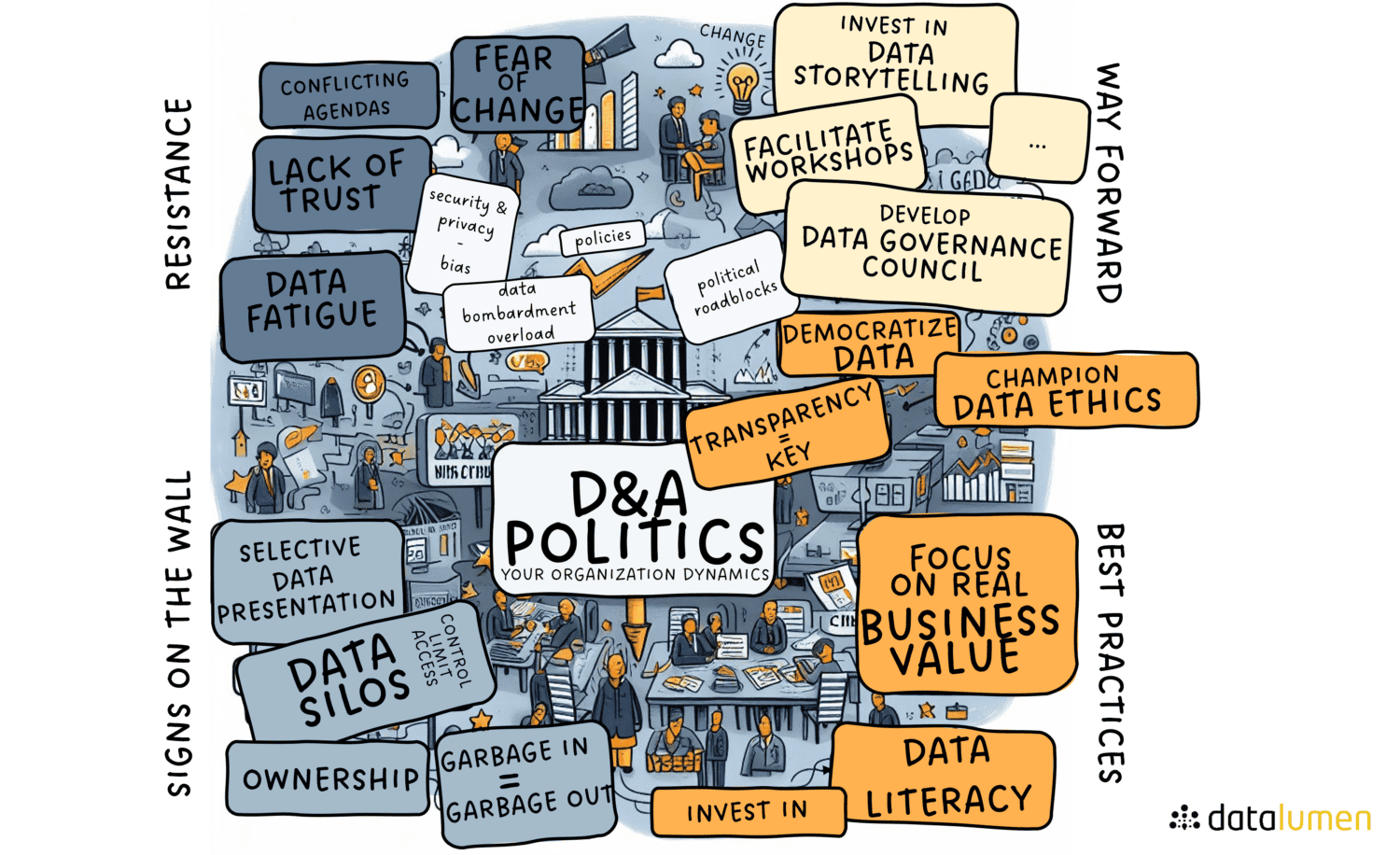MIND THE GAP – IDENTIFY & FIX THE DATA STRATEGY & EXECUTION GAP
In the realm of data-driven decision-making, having a robust strategy is only half the battle. The real value lies in the effective execution of that strategy. However, execution is often overlooked as a critical discipline, leading to breakdowns and missed opportunities. In this article, we’ll go into common breakdowns between data strategy and execution, understand the reasons behind them, and explore some ways to bridge these gaps across five key areas crucial for excellence in execution: strategy formulation, planning, operational capacity, communication, and performance.
Your Strategy Formula
The first critical area where breakdowns occur is in strategy formulation. Often, data strategies are disconnected from business objectives or lack clarity in defining measurable outcomes. This disconnect can lead to misalignment between what needs to be achieved and the resources allocated to achieve it. To address this gap:
- Ensure alignment with business objectives: Involve key stakeholders from various business functions to co-create the data strategy, ensuring alignment with overarching business goals.
- Define clear and measurable outcomes: Establish specific, measurable, achievable, relevant, and time-bound (SMART) goals that provide a clear direction for execution and allow for effective performance tracking.
- Identify the capabilities that you need to make it happen: What do you need to accomplish and to what degree do you need capabilities like a business glossary, data catalog, master data management, data quality, … to make it really happen?

Planning for Success
Effective planning is essential for translating strategy into action. Breakdowns in planning often arise due to unrealistic timelines, inadequate resource allocation, or insufficient contingency plans. To enhance planning capabilities:
- Conduct thorough resource assessments: Identify and allocate the necessary resources (including talent, technology, and budget) required to execute the data strategy successfully.
- Develop robust project plans: Define clear milestones, timelines, and dependencies to ensure a structured approach to execution. Incorporate risk management strategies to address potential setbacks proactively.
Operational Capacity
Execution relies heavily on operational capacity—the ability of an organization to deliver on its commitments. Inadequate infrastructure, skills gaps, or competing priorities can hinder operational capacity. To strengthen operational readiness:
- Invest in technology and infrastructure: Ensure that the organization’s data infrastructure and technology stack can support the execution of the data strategy effectively.
- Develop talent and capabilities: Identify skill gaps within the organization and provide training or recruit talent to bridge these gaps. Encourage cross-functional collaboration to leverage diverse expertise.
Communication Mastery
Effective communication is fundamental to successful execution. Breakdowns in communication often lead to misunderstandings, siloed efforts, or lack of stakeholder buy-in. To improve communication:
- Establish clear lines of communication: Foster open channels for sharing information and updates across all levels of the organization.
- Tailor messages to different stakeholders: Customize communication strategies to resonate with various stakeholders, highlighting the relevance and impact of data-driven initiatives on their areas of responsibility.
Performance Pulse
Finally, performance monitoring is essential for assessing progress and ensuring accountability. Without robust performance measurement practices, organizations may struggle to identify and address execution gaps. To enhance performance management:
- Implement key performance indicators (KPIs): Define and track KPIs that align with the objectives of the data strategy. Regularly review performance against these KPIs to identify areas for improvement.
- Foster a culture of continuous improvement: Encourage feedback loops and lessons learned sessions to promote agility and adaptability in execution.
Conclusion
In conclusion, bridging the gaps between data strategy and execution requires a holistic approach that addresses strategy formulation, planning, operational capacity, communication, and performance management. By identifying common breakdowns, understanding their underlying causes, and implementing targeted improvements in these critical areas, organizations can optimize their ability to derive value from data-driven initiatives and achieve strategic objectives effectively. Execution is where the true value of data strategy is realized—let’s not overlook this crucial discipline in the journey towards data-driven excellence.

